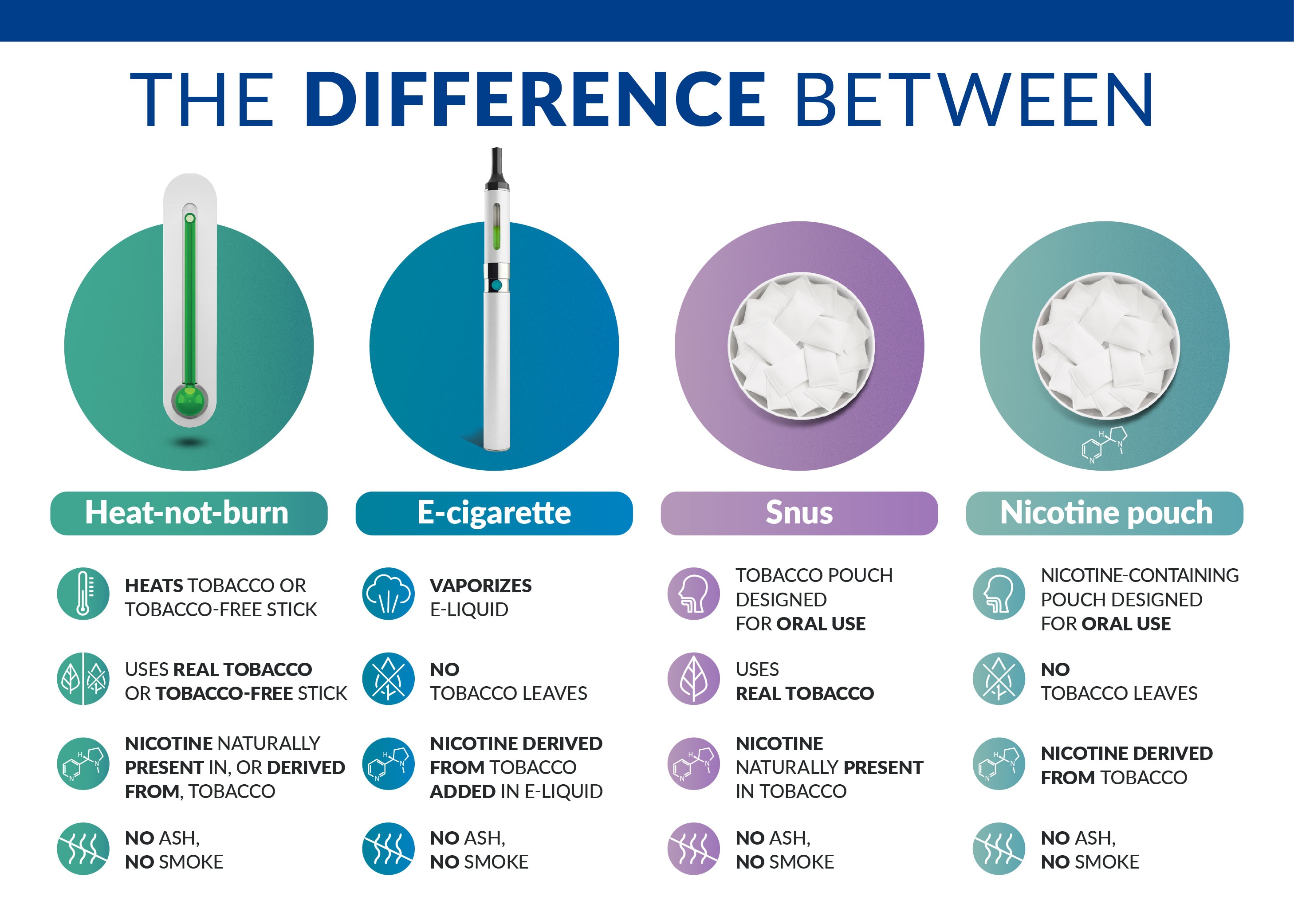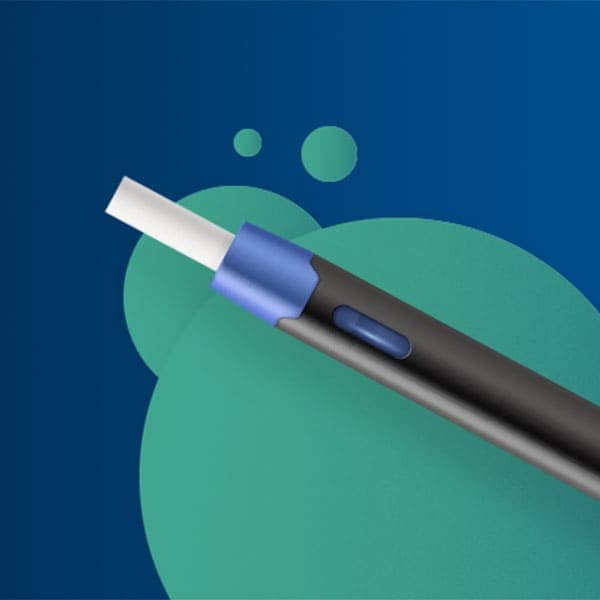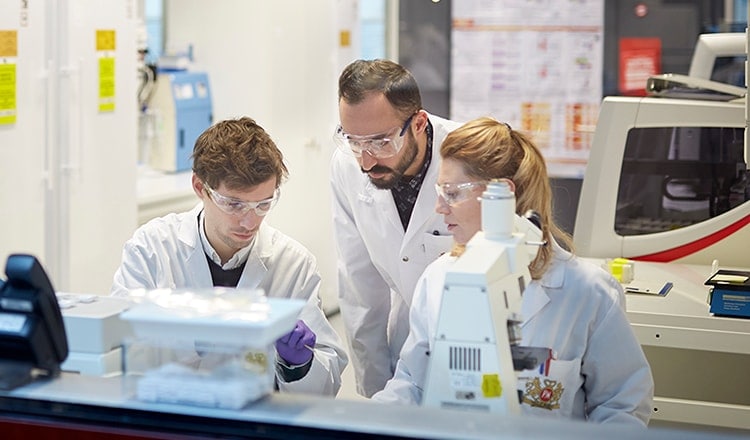Vaping has become a common sight in many parts of the world in the last few years. But what are they? Are they safe? How do they compare to cigarettes? What do they contain? And what about vaping indoors?
There are specific details about devices that vary, so always read up on your individual device as much as possible. We’ve also answered some of the most frequently asked questions below.
Introduction to vaping
What are vapes?
What is vaping?
Who invented vaping?
When did vaping begin?
What are disposable vapes?
Why do vapes have flavors?
Vaping health and safety
Is vaping safe?
Is vaping addictive?
Is nicotine bad for you?
How much nicotine does a vape contain?
Is vaping less harmful than cigarettes?
What am I inhaling when I vape?
What is e-liquid/vape juice, and what does it contain?
What are glycerin and propylene glycol?
What’s the difference between open and closed vaping systems?
Do vapes smell?
Vaping vs. smoking
Are vapes only for people who want to quit smoking?
Does vaping taste the same as smoking?
Vaping vs. heated tobacco
What’s the difference between vapes and heated tobacco products, also known as heat-not-burn products?
Vaping regulations
Are vaping products regulated?
Where is vaping banned?
Can I use a vape indoors?
What are vapes?
Vapes are battery powered devices that heat a liquid, usually containing nicotine, to produce an aerosol that is inhaled.
What is vaping?
Vaping is the act of inhaling and exhaling the aerosol produced by an e-cigarette, also known as a vape or e-vapor product. The term “vaping” is used because many people refer to the aerosol e-cigarettes produce as vapor.
Who invented vaping?
Vaping can be traced back to the invention of the modern “e-cigarette” (as it was called at the time) by Chinese pharmacist Hon Lik. This led to the development of the vapes popular today.
When did vaping begin?
A vaping product was first introduced in China in 2004, and later iterations followed around the world within a few years.
What are disposable vapes?
Disposable vapes are usually designed for single use and are disposed of once the liquid is depleted, the battery has died, or a certain number of puffs has been taken. They come with a built-in, pre-charged battery. Disposable vapes are different from rechargeable closed and open system vapes, which are both reusable.
Why do vapes have flavors?
Vapes can offer a satisfying way to deliver nicotine and flavor to adult smokers who don’t quit cigarettes and nicotine completely. Vapes usually contain flavorings to provide a taste and experience that is acceptable to existing smokers. However, the best choice remains to quit cigarettes and nicotine completely.
Title: What’s the difference between an e-cigarette and a heat-not-burn product?
E-cigarettes vaporize a flavored liquid solution.
The solution is aerosolized and the generated aerosol-commonly referred to as ‘vapor’ – is inhaled.
E-cigarettes liquids usually contain nicotine, but they do not contain tobacco.
Heat-not-burn products always use tobacco.
They heat the tobacco without igniting it to release the flavor and the nicotine
Neither devices burn tobacco,
So they should release significantly lower levels of harmful and potentially harmful chemicals compared to a traditional cigarette.
*This is subject to scientific substantiation on a product by product basis.
As a result they are a much better choice for adult smokers than continued smoking.
The best choice any smoker can make is to quit cigarettes and nicotine use altogether.
Smoke-free alternatives are only for adult smokers who would otherwise continue smoking.
They are not risk-free and contain nicotine, which is addictive.
Is vaping safe?
Unlike smoking, vapes do not burn tobacco, so—when scientifically substantiated—they have the potential to emit significantly fewer and lower levels of harmful and potentially harmful constituents compared with cigarettes. That’s because it’s the burning of tobacco that causes the production of the vast majority of harmful chemicals that are the primary cause of smoking-related diseases. However, these products are not risk-free and provide nicotine, which is addictive. Each product should be scientifically assessed.
Is vaping addictive?
Some vapes contain nicotine, which is addictive, while others do not. Check your product to see the list of ingredients.
Is nicotine bad for you?
Nicotine is addictive and not risk-free. However, it’s the high levels of harmful chemicals released when tobacco is burned—not nicotine—that’s the primary cause of smoking-related diseases.
Certain people should not use products that contain nicotine. Minors should not use or have access to tobacco or nicotine-containing products. Nicotine products should not be used by non-nicotine users. They should also not be used during pregnancy or while breast-feeding, by people who have or are at risk of heart disease, or by those who are diabetic, epileptic, or experience seizures.
In order for adult smokers who don’t quit to switch to less harmful alternatives, these products usually contain nicotine and provide a taste and experience that is acceptable to existing smokers. However, the best choice remains to quit cigarettes and nicotine completely.
How much nicotine does a vape contain?
Vapes can vary in nicotine strength to cater to a user’s preference and depending on local market regulations. The nicotine in vapes is usually measured in milligrams.
Is vaping less harmful than cigarettes?
Unlike cigarettes, vapes do not burn tobacco. Therefore, if science-backed, they have the potential to emit significantly fewer and lower levels of harmful and potentially harmful constituents compared to cigarette smoke. This does not mean vaping is risk-free. The best choice is not to start smoking, and for any adult smoker to quit cigarettes and nicotine altogether.
What am I inhaling when I vape?
The vapor produced when vaping is mostly vaporized glycerin and propylene glycol, along with the other ingredients contained in the e-liquid. The ingredients used in each vaping product varies. Check your product to see the list of ingredients.
What is e-liquid/vape juice, and what does it contain?
The e-liquid is the mix of liquid solutions often found in vapes. They often contain, among other ingredients, nicotine, flavors, glycerin and/or propylene glycol. However, this varies by product, so check what your specific e-liquid contains.
What are glycerin and propylene glycol?
Glycerin and Propylene glycol are the two most common substances in the majority of e-liquids. They act as aerosolizing agents.
What’s the difference between open and closed vaping systems?
The main difference between open and closed vaping systems is the way the e-liquid is filled. In an open system, the user manually fills the tank with e-liquid. Closed system vapes use pre-filled e-liquid cartridges, often referred to as “pods.”
Do vapes smell?
This depends on the ingredients used in the e-liquid. Some do have a distinctive smell, while others don’t. Check your product specification.
Are vapes only for people who want to quit smoking?
Vapes are a better alternative for adults than continuing to smoke. They are not a substitute for quitting or designed as a cessation aid. The best option for any adult smoker is to quit cigarettes and nicotine altogether.
Does vaping taste the same as smoking?
Vaping and smoking are fundamentally different as, unlike cigarettes, vaping does not burn tobacco. Instead, it heats an e-liquid that usually contains nicotine and flavorings. Due to this, adult smokers should expect that vaping will taste different to smoking. Vapes can contain different ingredients, with various flavors. Check your product specification and the ingredients it contains.
What is the difference between vapes and heated tobacco products, also known as heat-not-burn products?
Heated tobacco devices heat tobacco within a specific temperature range, using an electronic heat-control system to prevent the tobacco from burning. Vapes, also known as e-cigarettes, vaporize an e-liquid containing nicotine and flavorings when a user draws on it. Learn more about the differences between vapes and heated tobacco products. The image below outlines the main differences between heated tobacco products, vapes (e-cigarettes), snus, and nicotine pouches.

Are vaping products regulated?
Vaping products are regulated in some countries, but not in all. The regulation differs depending on the country, or even the region within a country. The Global State of Tobacco Harm Reduction has a page where you can check the current vaping regulation in your country.
Where is vaping banned?
Some countries have banned specific types of vapes, while some have banned or severely restricted vaping. The Global State of Tobacco Harm Reduction’s website lists the countries that have banned vaping.
Can I use a vape indoors?
The law regarding vaping indoors varies from country to country. Even where it is legally allowed, it may not be permitted by the owner of the premises, so you should always check before using your vape indoors.



-square-flipped.jpg)


/e-vapor-products/veev-one-green-thumbnail.jpg)